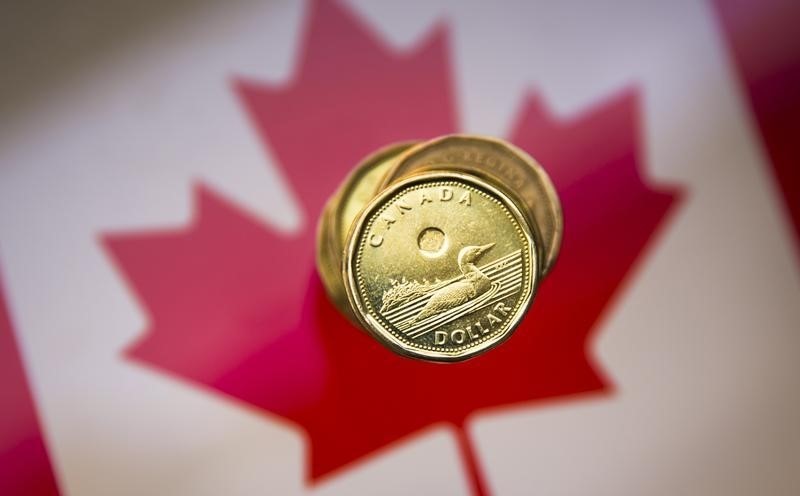By Ketki Saxena
Investing.com -- The Canadian dollar edged higher against its U.S. counterpart on Wednesday, recovering from its weakest level in nearly three months.
The risk-sensitive loonie was supported by a rally in equity markets, which helped offset underwhelming domestic retail sales data and weak crude prices.
June saw a slight increase—0.1%—in Canadian retail sales compared to May but largely on the back of car sales, while core retail spending slowed - a potential indicator that consumers might be tightening their belts as possible effects of previous interest rate hikes start showing up.
The data lowered the case for a further rate hike from the Bank of Canada - a headwind for the loonie.
Markets are now placing a nearly 83% probability of the BoC maintaining its current interest rates at the forthcoming September meeting, compared to a 73% chance prior to the data release.
The commodity-linked Canadian currency also faced some pressure from crude prices, after disappointing global manufacturing figures.
Meanwhile, the U.S. dollar fell against a basket of currencies after data showed U.S. business activity approaching stagnation, pressuring U.S. treasury yields.
S&P Global (NYSE:SPGI)'s flash U.S. Composite PMI index, which tracks manufacturing and service sector PMIs, fell to a reading of 50.4 in August from 52 in July - its largest drop since November 2022.
On a technical level for the pair, analysts at Forex.com note, "On the resistance side of the coin, the 1.3652 Fibonacci level looms large. This was support in Q1 before becoming resistance in Q2 and, eventually, was the last resistance touch before bears went for break in the June trade. Bears ultimately failed, eventually finding support at the long-term bullish trendline which set the low last month."
"Above 1.3652, there’s a longer-term zone of interest running from 1.3850-1.3900. This was a group of failed higher lows in 2020 trade that have since come back to show two separate instances of resistance over the past year."
